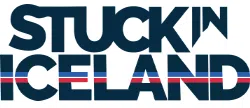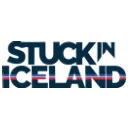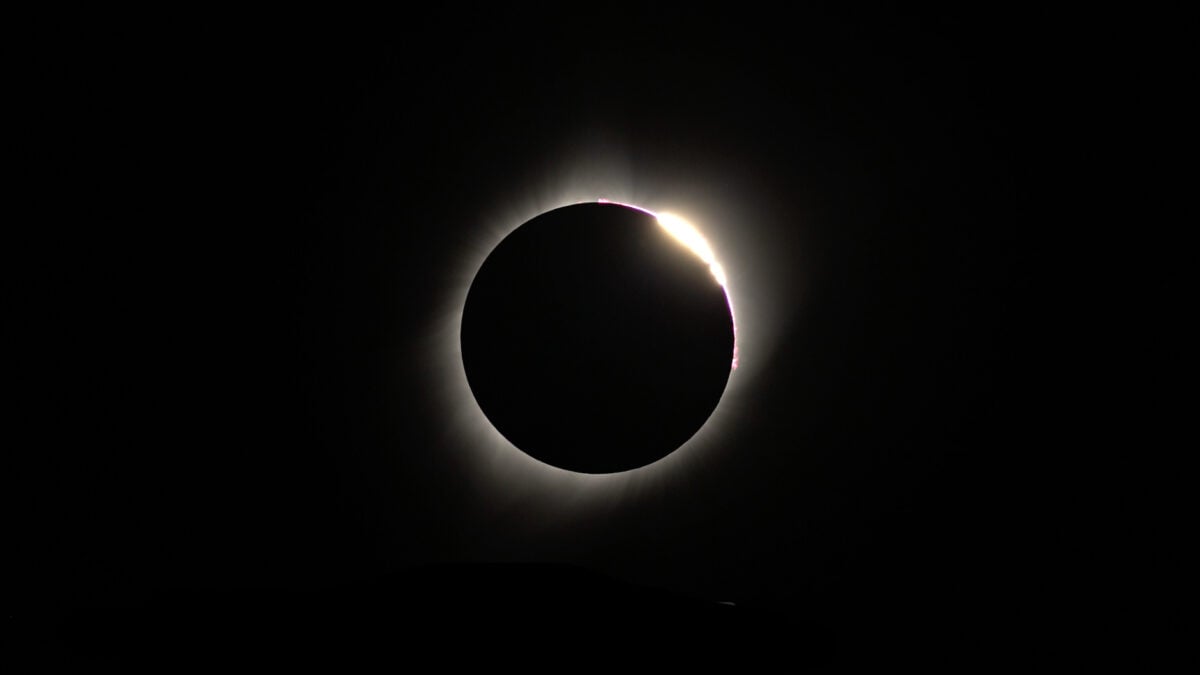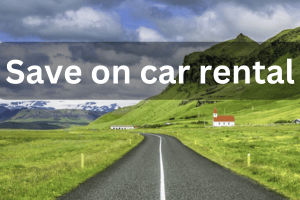Free and exclusive discount codes for hundreds of tours and & travel services in Iceland
Subscribe to instantly receive discount codes for tours, car rental, camper van rental, and outdoor clothing rental. Thank you! ❤️ Jon Heidar, Editor of Stuck in Iceland Travel MagazineOn 12 August 2026 at 16:42, we here in Iceland will be treated to an amazingly natural phenomenon: a total sun eclipse. Therefore, I am thrilled to bring back a familiar face to my readers: Sævar Helgi Bragason, a renowned Icelandic educator, TV personality, and an enthusiast of all things celestial. Many of you might remember our previous conversation with Sævar about the night sky and Northern Lights in Iceland. This time, we’re delving into something even more spectacular – the upcoming total solar eclipse in 2026, an event that promises to be a significant draw for astronomy lovers and travelers alike.

Meet your guide to the 2026 solar eclipse in Iceland
Sævar Helgi Bragason, with his rich background in geology and astronomy and a passion for making science accessible and exciting, is the perfect guide to the solar eclipse 2026. He has been recognized for his efforts in science communication, earning various awards and a nomination for the Icelandic 2023 Literary Awards for Children for his enlightening science book. Notably, during the 2018 solar eclipse, Sævar was pivotal in educating and equipping Icelandic children to observe this celestial phenomenon safely. Sævar took a lot of grief for this in the weeks and days leading to the eclipse. He was literally under siege from many people who wanted to get their hands on the eclipse-proof glasses he acquired for Icelandic kids.
As we anticipate the 2026 total solar eclipse, prominently visible from Iceland, I sat down with Sævar to gain insights into this rare event and its significance. I also explore how travelers, especially those visiting Iceland for, can best experience and understand this awe-inspiring occurrence.
Sævar, it’s a pleasure to have you back on Stuck in Iceland Travel Magazine. Could you explain what makes this event so unique for my readers planning their trips around the 2026 solar eclipse in Iceland?
A total solar eclipse is one of nature’s most spectacular spectacles. I’ve seen three so far and have cried my eyes out every time. It’s so wonderful. It’s also quite rare. One occurs every year and a half, but for any given place, you might have to wait centuries for one to happen at any given location. For example, the last time a total solar eclipse was seen from Reykjavík was June 17, 1433.
During a total solar eclipse, everything changes. You see how the lighting changes, feel the weather change, and even hear nature change as animals quiet down as if the day has turned into the night while people cheer and cry simultaneously. It’s a beautiful and emotional event.
In our previous interview, you shared fascinating insights about the Northern Lights. How does experiencing a solar eclipse differ, and what can first-time viewers expect from this phenomenon?
A total solar eclipse is way prettier than the Northern Lights. Perhaps because when you live under the aurora oval, the Northern Lights sometimes become a bit mundane. I know it might be hard to believe. A great aurora show is unforgettable, but the beauty of the pitch-black Moon surrounded by the wispy solar corona during an eclipse is tough to beat.

For the first time, viewers will see the Moon gradually cover the disc of the Sun. One has to use solar eclipse goggles for the partial phase. But when the tiniest sliver of the Sun is left, magic happens. The last rays of the Sun make their way between mountains on the Moon’s edge, causing an unbelievably gorgeous phenomenon to appear: Bailey’s beads it’s called. The last ray of the Sun produces a diamond ring effect. After that, the solar corona comes into view. It’s like an eye in the sky. Look close to the edge, and you might see pinkish solar prominences – giant filaments of superheated gas rising from the Sun’s surface as if the Sun is erupting.
Look at the sky, and you’ll see some planets shining brightly.
All around you, it’s as if you see a 360-degree sunset. Watch closely, and you’ll see our atmosphere casting shadows, called shadow bands, that look like waves of shadows. Unbelievable!
And then, the Moon leaves the disc, and the totality is over. Then you cannot wait to see the next one. It’s addicting.
Interestingly, there’s a teeny tiny chance of seeing Northern Lights at the same time as the eclipse. The eclipse will occur when the Sun is likely to be quite active, and if we’re lucky, dancing auroras could be visible simultaneously. Let’s hope!
What are the best practices for safely observing the eclipse, and where can my readers find the necessary equipment?
You don’t need any specific equipment. Eyes and solar eclipse goggles are just fine. The eclipse goggles are to protect your eyesight during the partial phase. But as soon as totality starts, remove them and enjoy it.
It’s great to use special solar binoculars or telescopes to enjoy the view. You can use ordinary binoculars and telescopes during totality, but be extremely careful. I’ll teach everyone how to do it before the eclipse.
Then follow a dedicated website I am currently making, eclipse2026.com, which will have detailed maps, weather info, and much more. It’s not yet, but the first version will be opened this year.

For my readers, who are avid photographers, do you have any tips on capturing the eclipse?
If you’re seeing it for the first time, I don’t recommend capturing it; enjoy it. I also know it’s easier said than done, so preparation is critical for those who’d like to take images. Use long focal-length lenses or telescopes for a close-up view. Make sure you use a solar filter for the partial phase, then remove it a minute before totality. A comprehensive field view will make the Sun appear tiny. A 35mm or 50mm lens would be good to capture the splendor. From specific locations on the Snæfellsnes peninsula, the Snæfellsjökull glacier will make a fantastic foreground.
It’s critical to be mobile if the weather isn’t promising for a given area. We won’t know until before the eclipse, but fingers crossed for clear skies.
What are some ideal locations for those planning to be in Iceland during this time to view the eclipse , and how should they prepare?
Ensure you’re within the path of totality that crosses the westernmost part of Iceland. The best locations are the western parts of the Westfjords, the Snæfellsnes peninsula, and the Reykjanes peninsula.

Depending on the weather prospects, people should book hotels in advance, be mobile, and be ready to head to a different location.
Beyond the eclipse, what other astronomical events or activities would you recommend to our readers who are visiting Iceland and are keen on exploring more of the night sky?
Stay a little longer after the the 2026 solar eclipse in Iceland
Well, as the eclipse occurs in the middle of August, staying a few days longer afterward is excellent if you’d like to catch the beginning of the aurora season. We are headed towards solar maximum this year and know that the best aurora years are always shortly after maximum, meaning that 2025 to maybe 2028 should be great for auroras.
I highly recommend that people visit some of the locations in Iceland where we have telescopes available. This includes Hótel Rangá, which has the best observatory in the country, and Highland Base Kerlingarfjöll, which has a giant, portable astronomical telescope.
Iceland is incredible for stargazing when the skies are clear. There’s so much more to see up there than just northern lights.
What advice do you have for those visiting Iceland for the first time?
Stay safe, enjoy and respect nature, eat great food, and have fun! If you’re visiting in the winter, follow the weather forecast and road conditions on Safetravel. And, if you want to see the Northern Lights, follow my new website, icelandatnight.is
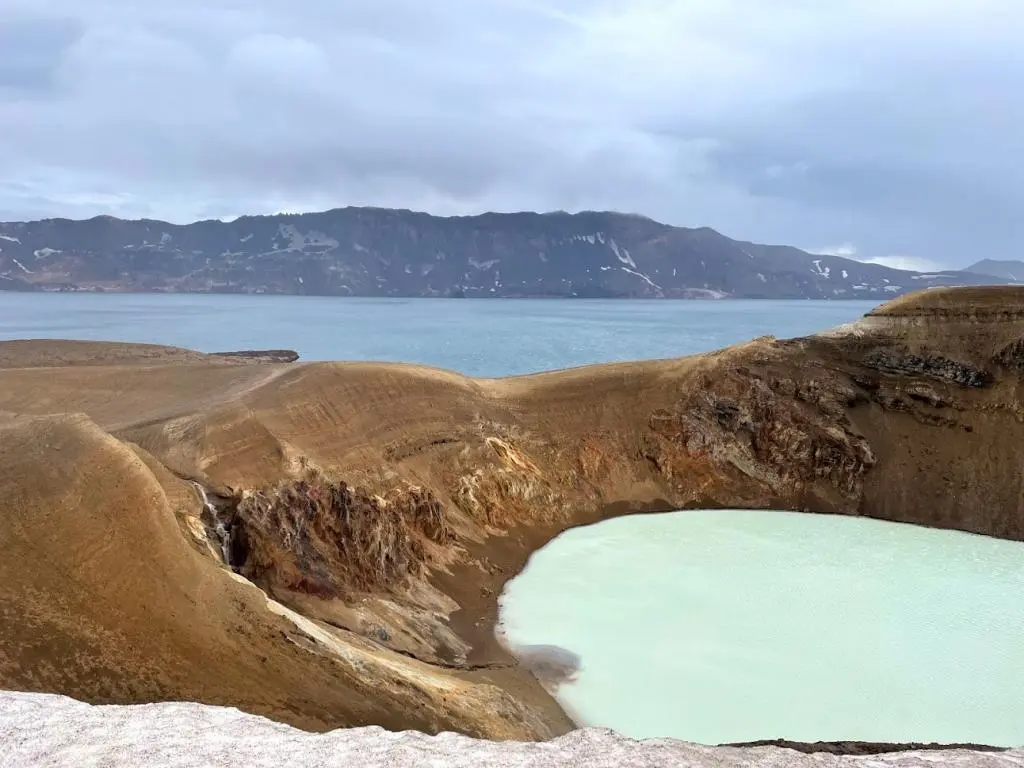
What are your favorite places and activities in Iceland?
So many! I love the Icelandic highlands—the otherworldly landscapes of volcanoes and glaciers. Kerlingarfjöll are so beautiful, as is the Lakagígar craters. I am also very fond of Askja Caldera. This is one of the sites where Apollo astronauts trained before their journeys to the Moon.
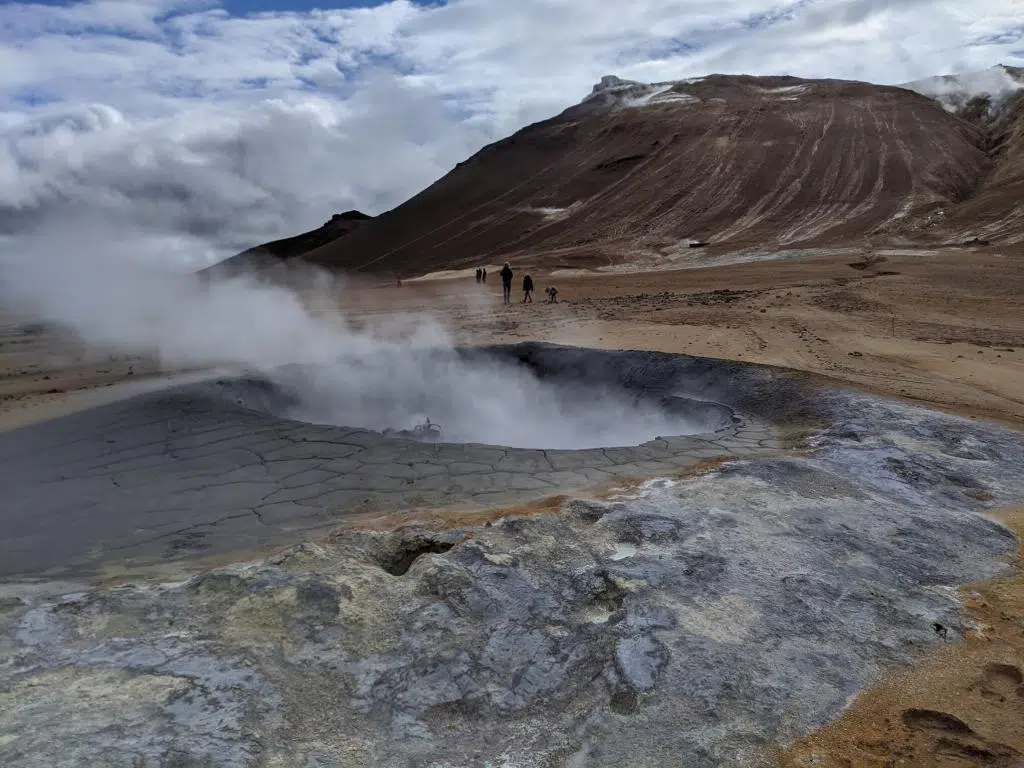
In the northeast, the Mývatn area is gorgeous. My favorite daytime activity is simply hiking and listening to the silence or the music of nature itself. At night, I was looking up into the Universe.
